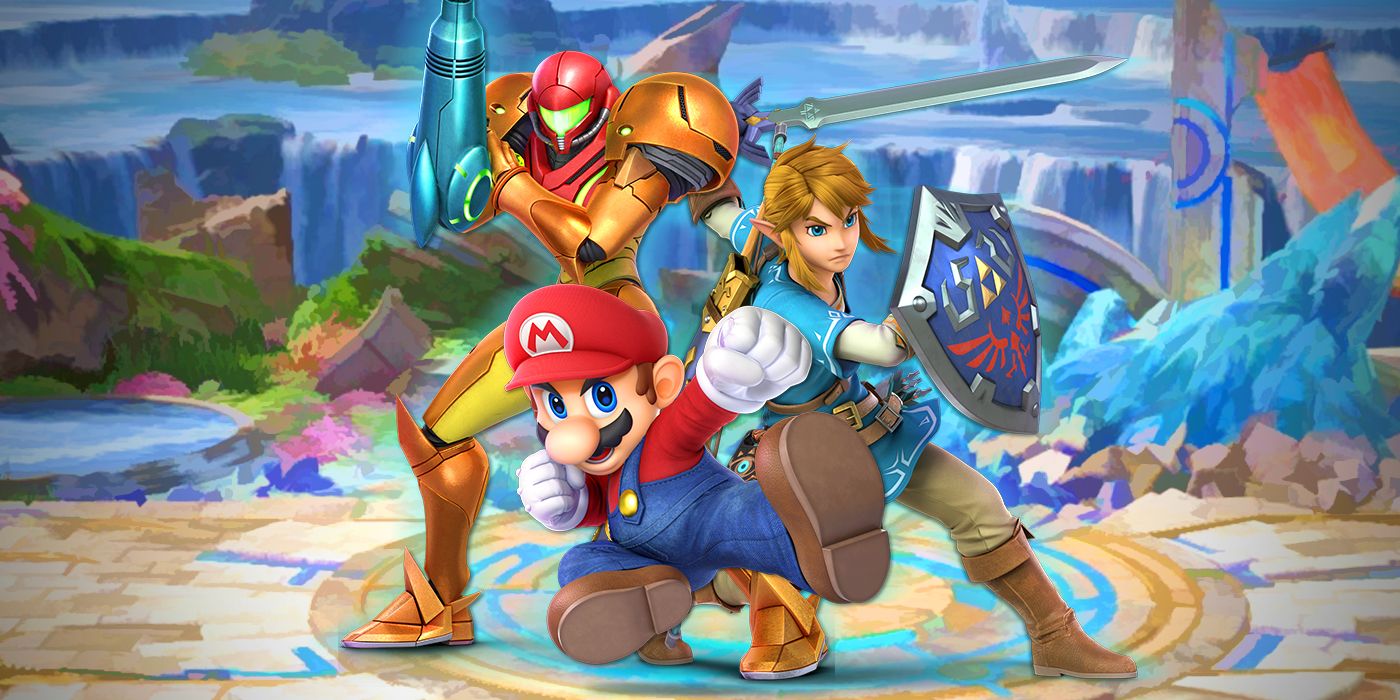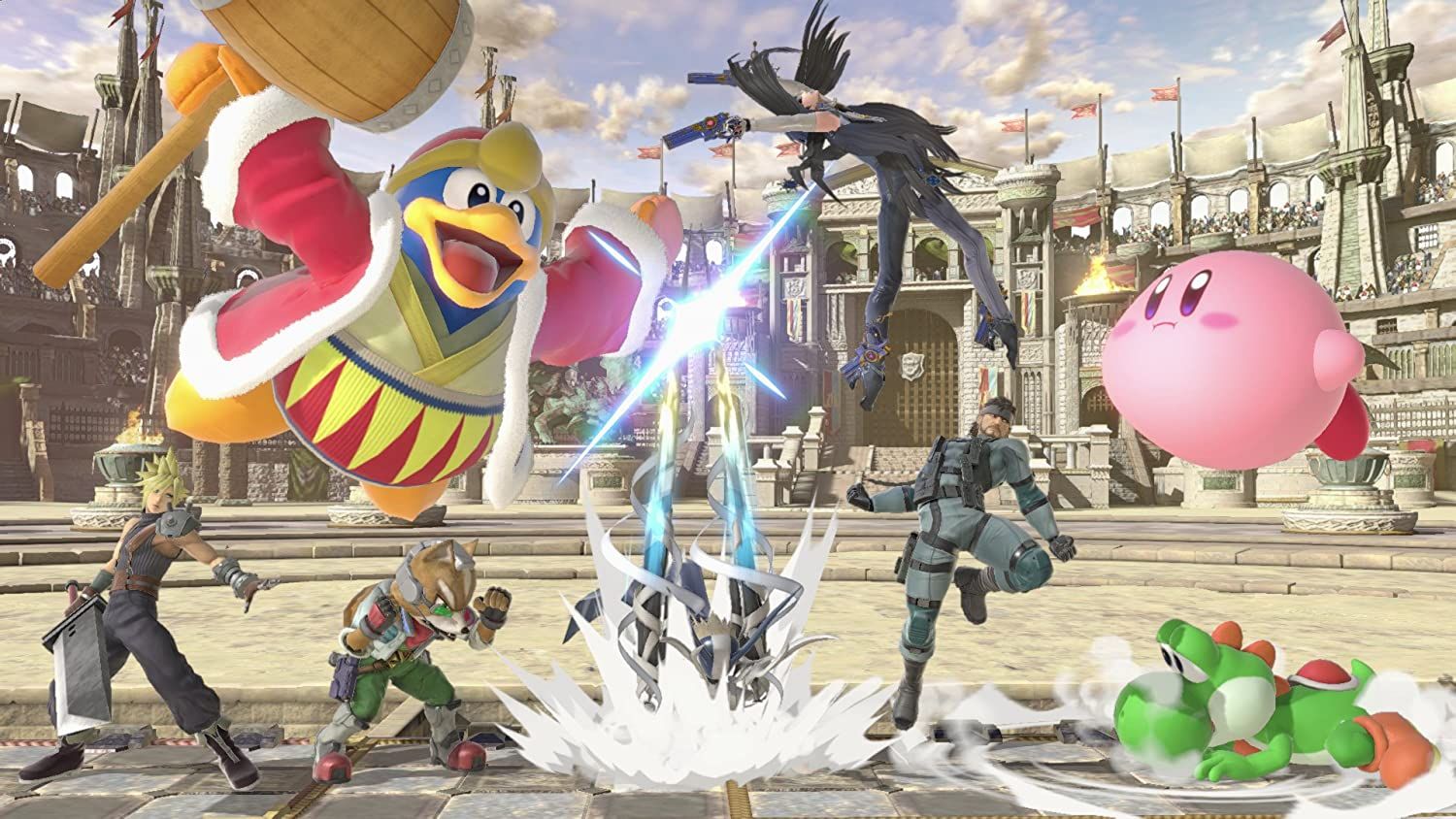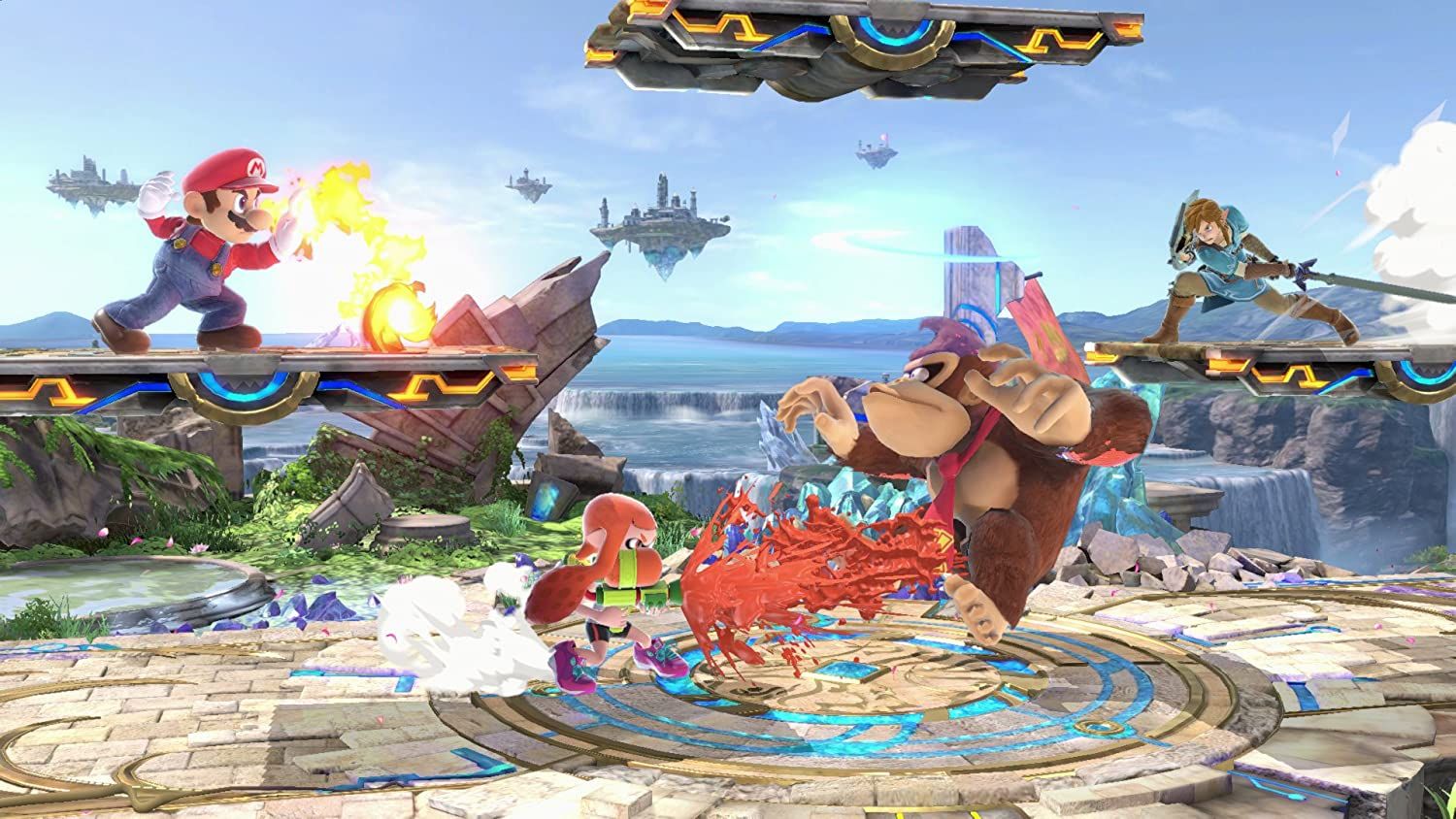The Super Smash Bros. franchise is a fan-favorite because of its eclectic mix of party game and fighters, but it has some seriously impressive mechanics beneath its shiny exterior. The game offers up a wide variety of characters from various franchises and puts a heavy focus that one would expect on fighting game mechanics like frames and hitboxes. However, one of the most important factors in the games that aren't often brought to light is the different weights between each fighter.
In Super Smash Bros., knowing a character's weight can be the difference between victory and defeat. Weight is numbered between 65-132 and varies between each fighter and, depending on how heavy they are, can dictate how far they can be knocked back. Since the goal of Smash is to knock characters as far out of the screen as possible, the weight makes all the difference. Typically, the heavier characters are much harder to knock back and require more strategy to eliminate. But there are much more advantages and disadvantages available for each weight class that greatly affect gameplay.
With so many Super Smash Bros. Ultimate characters, knowing the pros and cons of the light, middle and heavy weight classes is imperative. Lightweight characters typically have the highest knockback and are easier to launch out of bounds. But even with a higher opportunity to be launched, it also opens up these characters to escaping combos more easily and strategizing at a distance before closing the gap between an opponent. Characters like Jigglypuff, Pichu, Kirby and Mewtwo benefit greatly from that as they are much more technical characters to begin with. Lightweight characters can also recover from tumbles and become harder to hit with certain combos. Most players who play lightweight typically have to play three steps ahead of the opponent due to their natural vulnerabilities.
Middleweight characters are often the most well-rounded characters in Smash. Classifying middleweight character's weight is usually by Mario as he is seen as the default character of the franchise. This is also because the ranking changes between each game. Before, it was 85 or below, but Ultimate has rounded up the average to 96.05. Because these fighters are so well-rounded, they don't have an edge that goes for or against them. Their knockback is equal to their attacks but doesn't land as many heavy hits as the heavyweights. Robin, Ness and Shulk are great examples of this because they hit hard but aren't particularly well defended. Often timing is what makes the characters so effective.
Heavyweight characters range from unlikely entries like Yoshi and mainstays like Bowser. These fighters typically have massively strong attacks but often lack in other areas like speed or recovery. For example, Little Mac is quick and can hit hard, but when knocked off the map, his recovery can't help him and his fall speed, due to his weight, works against him. These characters also have a longer range, like King Dedede's hammer attacks. Their weight keeps many of these characters from being thrown as far as light characters, but to compensate, they lack in almost every aspect that isn't offensive. These characters are great for players looking to throw their weight around but come with a high degree of risk when fighting against more skilled players.
Weight classes in Super Smash Bros. aren't discussed as much as other factors in the series but greatly inform casual players and competitors on how these characters operate and how the weight classes have shifted with each new character or update. Knowing the importance of weight in the series can also help improve a player's main fighter or in helping them to decide on a new character to pick up. Without weight, Super Smash Bros. Ultimate would be a very different game,



